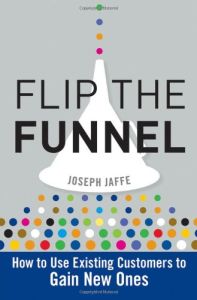
Recommendation
Companies traditionally use the mass media to market their products and services, spending much of their budgets on hit-or-miss communications. They hope their messages will somehow penetrate the media din and reach a sufficient number of receptive prospects who will go out and buy their goods. Without a strategy for retaining clients, firms repeat this expensive process again and again. Marketing consultant Joseph Jaffe says this is completely backward. Instead, companies should focus on enhancing the experiences of their existing clients, converting them into engaged, enthusiastic advocates who will provide powerful, credible word-of-mouth advertising. Although many of Jaffe’s ideas are a bit commonplace – his general hypothesis outlines how customer retention is more advantageous than customer acquisition – getAbstract finds that his book presents a logical, cogent case, backed up by many colorful examples. Despite the book’s repetition and visually messy layout, marketing executives are sure to benefit from its thoughtful, lively dissection of traditional marketing.
Summary
About the Author
Joseph Jaffe is the president of Crayon, a consulting firm that assists clients with their social media and new media strategies. Jaffe also hosts Jaffe Juice TV, a web video show on marketing, and publishes Jaffe Juice, a marketing blog and audio podcast.













Comment on this summary